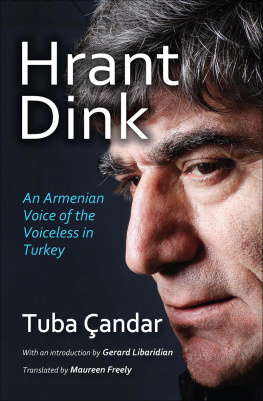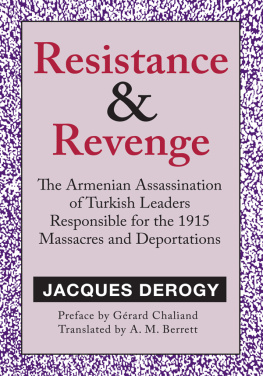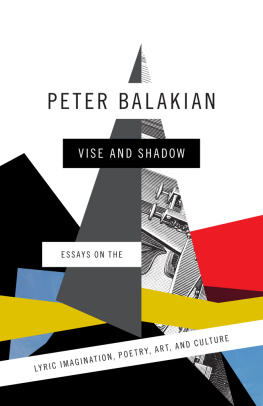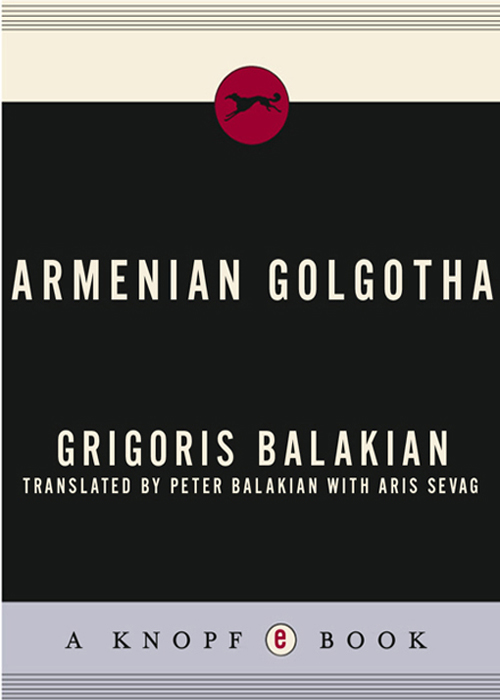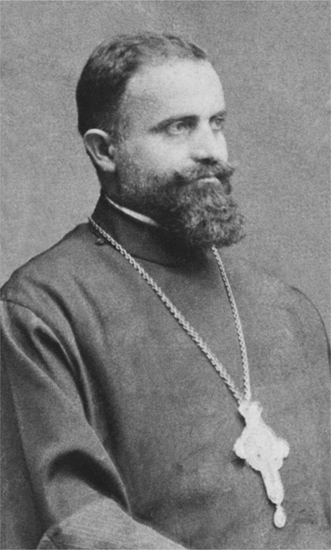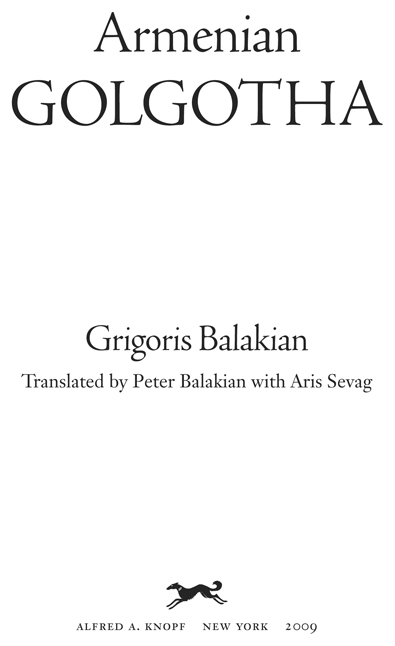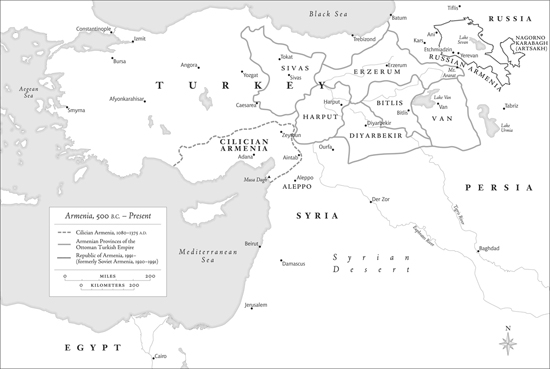Grigoris Balakian - Armenian Golgotha: A Memoir of the Armenian Genocide, 1915-1918
Here you can read online Grigoris Balakian - Armenian Golgotha: A Memoir of the Armenian Genocide, 1915-1918 full text of the book (entire story) in english for free. Download pdf and epub, get meaning, cover and reviews about this ebook. year: 2009, publisher: Knopf, genre: Romance novel. Description of the work, (preface) as well as reviews are available. Best literature library LitArk.com created for fans of good reading and offers a wide selection of genres:
Romance novel
Science fiction
Adventure
Detective
Science
History
Home and family
Prose
Art
Politics
Computer
Non-fiction
Religion
Business
Children
Humor
Choose a favorite category and find really read worthwhile books. Enjoy immersion in the world of imagination, feel the emotions of the characters or learn something new for yourself, make an fascinating discovery.

- Book:Armenian Golgotha: A Memoir of the Armenian Genocide, 1915-1918
- Author:
- Publisher:Knopf
- Genre:
- Year:2009
- Rating:3 / 5
- Favourites:Add to favourites
- Your mark:
Armenian Golgotha: A Memoir of the Armenian Genocide, 1915-1918: summary, description and annotation
We offer to read an annotation, description, summary or preface (depends on what the author of the book "Armenian Golgotha: A Memoir of the Armenian Genocide, 1915-1918" wrote himself). If you haven't found the necessary information about the book — write in the comments, we will try to find it.
On April 24, 1915, the priest Grigoris Balakian was arrested along with some 250 other intellectuals and leaders of Constantinoples Armenian community. It was the beginning of the Ottoman Turkish governments systematic attempt to eliminate the Armenian people from Turkey; it was a campaign that continued through World War I and the fall of the Ottoman Empire, by which time more than a million Armenians had been annihilated and expunged from their historic homeland. For Grigoris Balakian, himself condemned, it was also the beginning of a four-year ordeal during which he would bear witness to a seemingly endless caravan of blood.
Balakian sees his countrymen sent in carts, on donkeys, or on foot to face certain death in the desert of northern Syria. Many would not even survive the journey, suffering starvation, disease, mutilation, and rape, among other tortures, before being slaughtered en route. In these pages, he brings to life the words and deeds of survivors, foreign witnesses, and Turkish officials involved in the massacre process, and also of those few brave, righteous Turks, who, with some of their German allies working for the Baghdad Railway, resisted orders calling for the death of the Armenians. Miraculously, Balakian manages to escape, and his flightthrough forest and over mountain, in disguise as a railroad worker and then as a German soldieris a suspenseful, harrowing odyssey that makes possible his singular testimony.
Full of shrewd insights into the political, historical, and cultural context of the Armenian genocidethe template for the subsequent mass killings that have cast a shadow across the twentieth century and beyondthis memoir is destined to become a classic of survivor literature. Armenian Golgotha is sure to deepen our understanding of a catastrophic crime that the Turkish government, the Ottomans successor, denies to this day.
Grigoris Balakian: author's other books
Who wrote Armenian Golgotha: A Memoir of the Armenian Genocide, 1915-1918? Find out the surname, the name of the author of the book and a list of all author's works by series.

